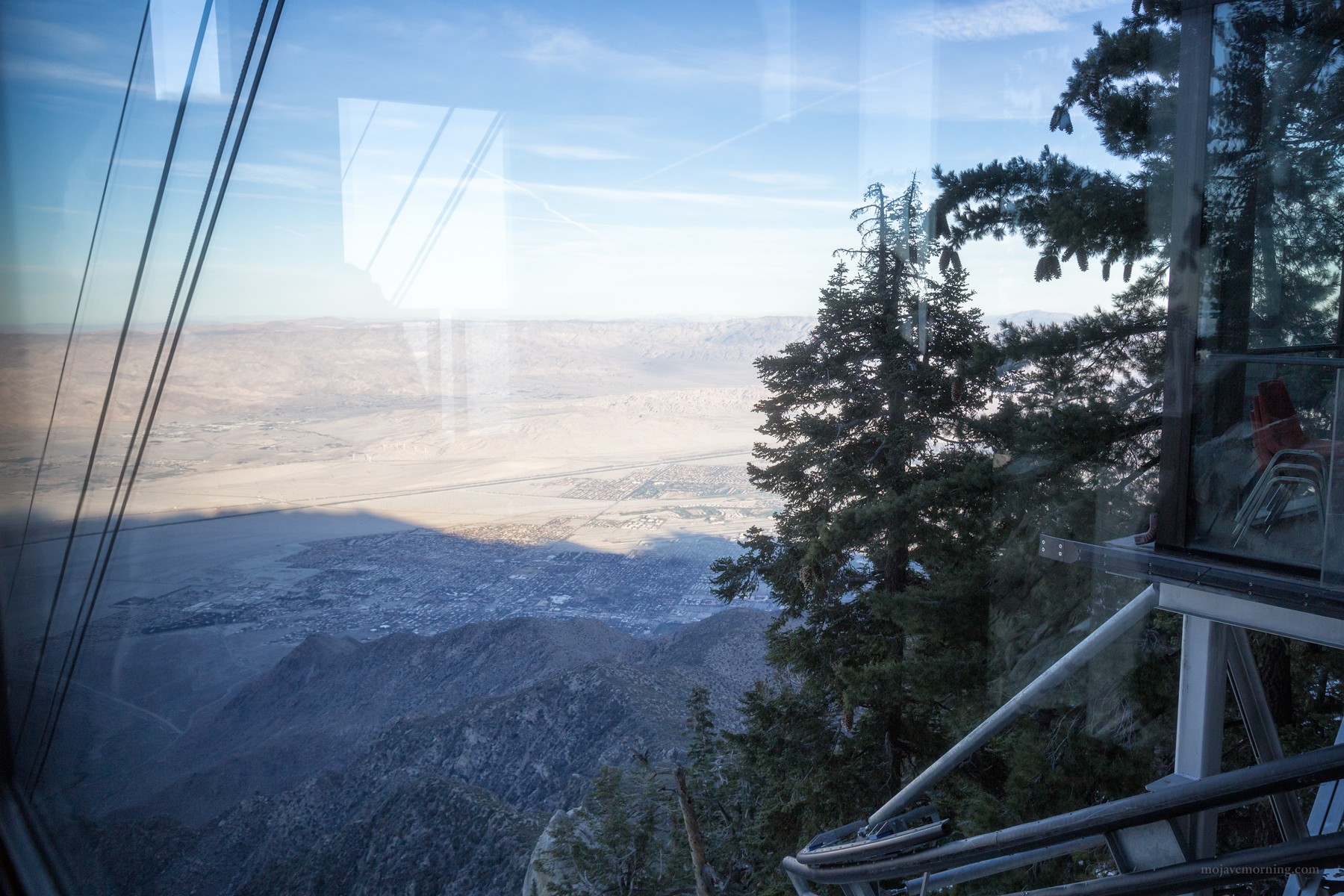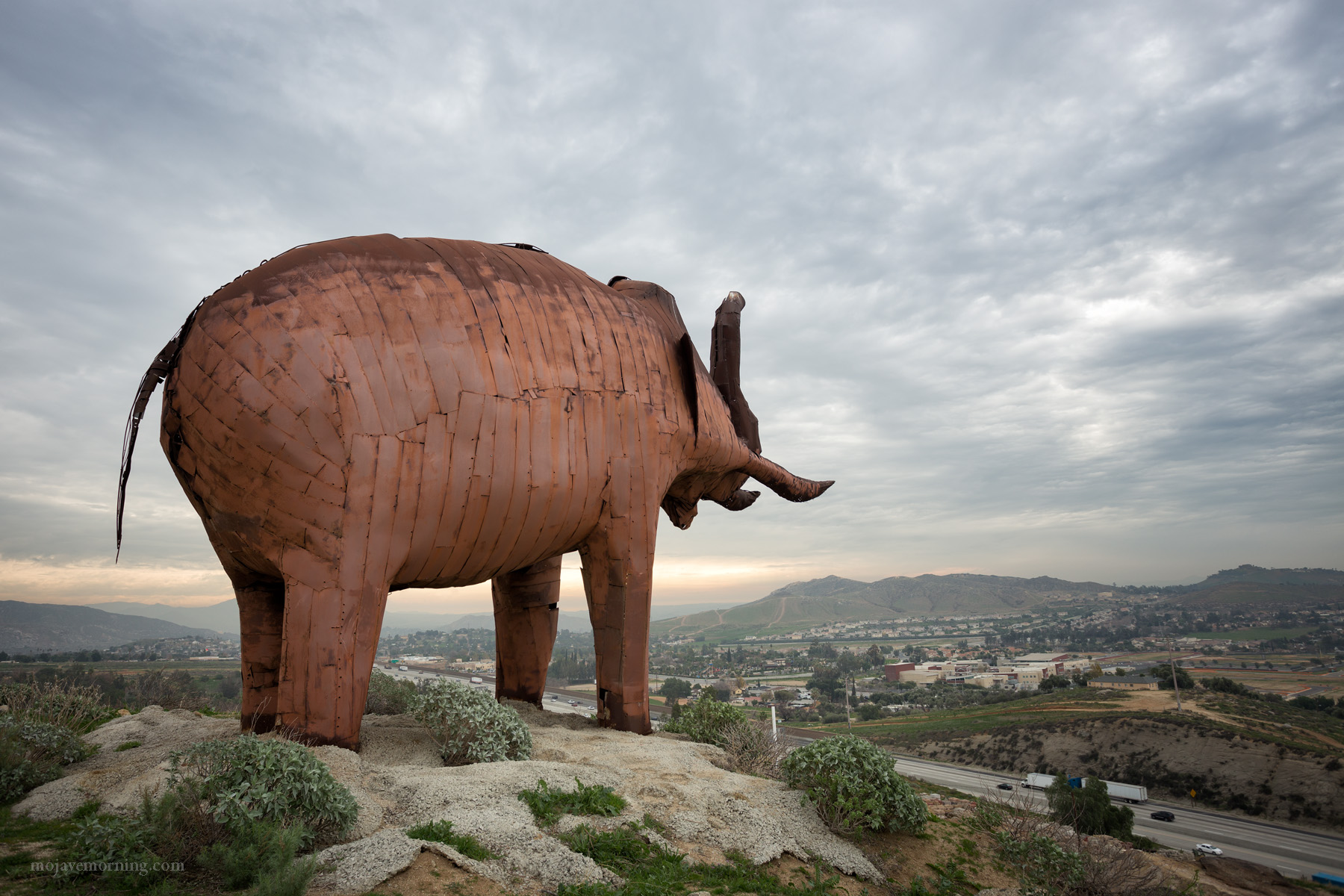I was invited by California State Parks' Southern Service Center to provide the images for their share of a much larger open house and artwalk at Liberty Station in San Diego. It's on Friday, May 1st. After the artwalk, the photos will remain to decorate the State Parks offices (and remain on sale) for quite a while.
State Parks selected images that were related to California State Parks and specifically selected two that showed human-made assets in the parks.
I had the images printed on jumbo-sized Fuji metallic paper and professionally framed at Miller's Professional Imaging; they are going to look fantastic! We'll know for certain when they arrive in two days.
It was an honor to be invited, and I think State Parks and the Friday Night Liberty patrons will find the photos pleasing. (Actually, it's the State Parks personnel who have to work with the prints on their walls for quite a while after the show...)
I'll provide more information about the time and location of the event closer to the date.





































